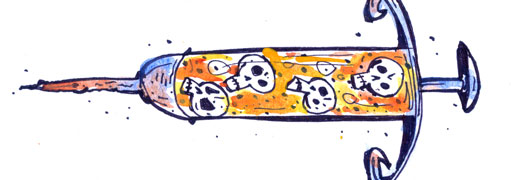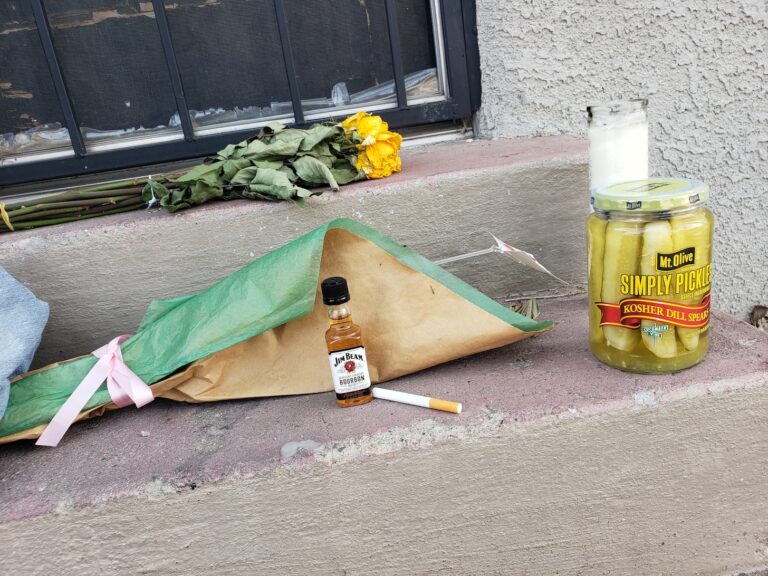The Heroin Surge: Addiction Climbs In Albuquerque
As Addiction Climbs In Albuquerque, Cartels Are Ready To Deliver


Latest Article|September 3, 2020|Free
::Making Grown Men Cry Since 1992




